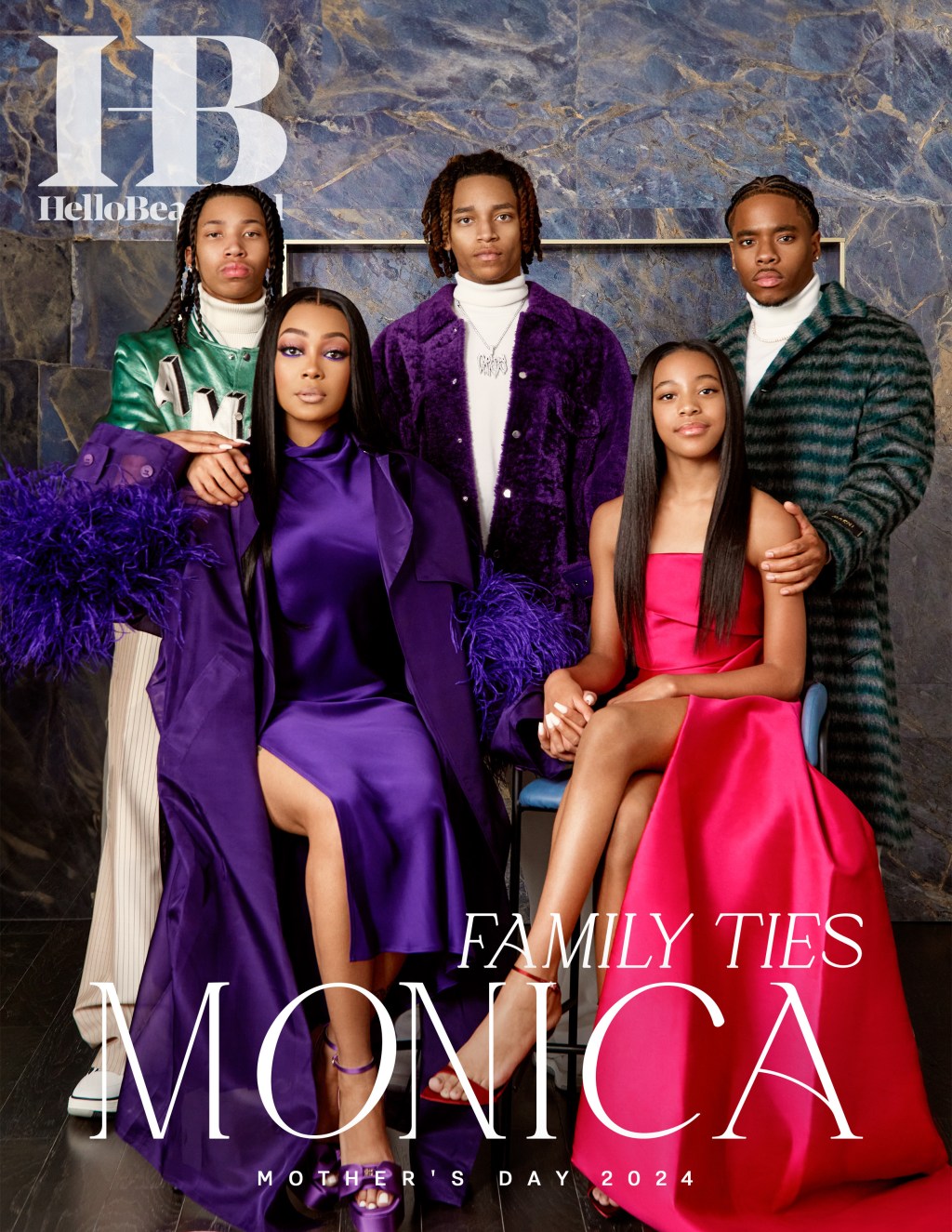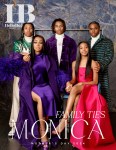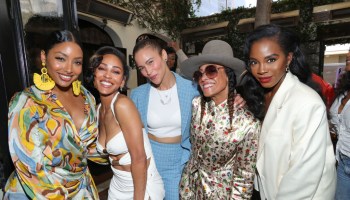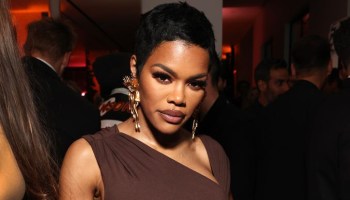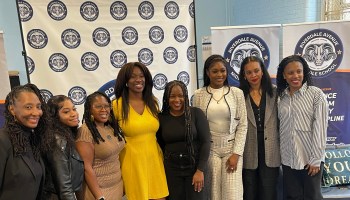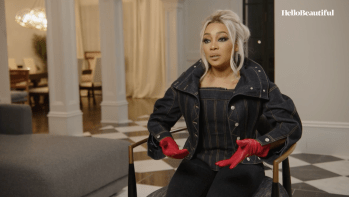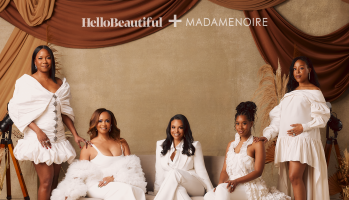
Source: STEEX / Getty
How do we present the evils of history to the innocent mind and heart of a child?
It’s a question faced time and again by educators and authors. And it’s a debate we need to continuously have, especially as some of the most popular books released are presenting critical, uncomfortable narratives like slavery in a whitewashed light.
MUST READ: Oklahoma Mayor Apologizes For Her Husband’s Ku Klux Klan Halloween Costume
One such book is A Fine Dessert: Four Centuries, Four Families, One Delicious Treat by Emily Jenkins and featuring illustrations by Sophie Blackall. The “well-intentioned” book tells the story of the history of a particular dish, blackberry fool (what a name indeed).
As the dish makes its way through history, one of the vignettes makes a stop in slave-era South Carolina, where a mother and daughter prepare the dessert for their White masters.
And that’s where the trouble really begins. In the illustrations and corresponding text, the slave mother and daughter can be seen preparing the meal, smiling as they complete their grim tasks.
Later, when the family has been fed, the mother and daughter huddle together in a cupboard in secret. The author sets the scene:
After waiting table at supper – where the master and his family ate turtle soup, roast turkey, corn cakes and sweet potatoes – they spooned the blackberry fool into yellow dishes and served it. Later, the girl and her mother hid in the closet and licked the bowl clean together. Mmmmm. Mmmmm. Mmmmm. What a fine dessert!
Understandably, this raised a few eyebrows, especially on Twitter.
In March, The New York Times, wrote a glowing review for the book, albeit with the description of the illustrations as “somewhat unsettling.”
I’m going to try not to get too angry at the sheer “what the fuck, that’s really all you have SAY-ness” of the whole thing. Because if that isn’t the most Captain Obvious declaration, I don’t know what is.
Hell yea, it’s unsettling. Hell yea, we’re tired of seeing this.
No doubt, as many critics have expressed, the authors went in with the absolute best of intentions. Don’t they always?
MUST READ:Taye Diggs Authors Second Book For Mixed Race Kids
But a quick sweep of their explanations leaves a thinly-veiled, deep-rooted misrepresentation of the true horrors of slavery. Which frankly, is just as troubling as not including it at all.
In her blog, Blackall, the illustrator writes of the slaves’ depictions:
I wrote about people finding joy in craftsmanship and dessert even within lives of great hardship and injustice—because finding that joy shows something powerful about the human spirit. Slavery is such a difficult truth. At the end of the book, children can see a hopeful, inclusive community.”
The bottom, difficult line in all of this is that, ultimately, the ball was dropped in a major way. I’m sorry if slavery makes people uncomfortable. But guess what? There is no one more uncomfortable with it than Black people, whose ancestors endured it. But that does not mean we can buy into the colorblind narrative this country loves to grasp at with fingers oiled slick with discomfort.
Perhaps, in the illustrators’ mind, this is indeed where we’ve ended up as a society. But the reality of race in this country, as any of us can speak to, is a much darker one. One that is not often hopeful, and even less inclusive.
So absent is this inclusivity that Black people are often only seen in depictions of slavery. Or in some form of servitude, or as one mother found in a toy for her young son, literally in chains.
For a Black child who is reading books like these, there is no empowerment, no rebellion, no images showing characters taking pride in their identity. Instead, they are presented with images of a perpetual state of being less than, with affirmations that their joy is something to conceal and, most sinister of all, in the idea that the completion of tasks can only be a source of pride when they serve to make their White masters happy.
It’s hardly the first time we’ve seen a whitewash of slavery in history books and pop culture. In books and films, happy slaves can be seen everywhere, their smiles erasing the tribulations of Blacks in American history. Their minimized stories serving to placate White guilt. These books, at best, do little to show the true, dark side of the truth. At worst, they reinforce the dangerous suggestion perpetuated by racists everywhere that Black people were, somehow, happy to be in chains.
Jenkins, for her part, admitted that her book fell short of her intended outcome. She wrote:
I have read this discussion and the others with care and attention. I have come to understand that my book, while intended to be inclusive and truthful and hopeful, is racially insensitive. I own that and am very sorry. For lack of a better way to make reparations, I donated the fee I earned for writing the book to We Need Diverse Books.
Still, the book is rapidly on track to becoming one of the year’s most successful children’s books, and is even viewed as a front-runner for the prestigious Caldecott Award.
And so, as books like this continue to come out, we are reminded that we have to remain diligent in our criticisms of them. In spite of our desires to protect them, children are incredibly perceptive, resilient and should be treated as such. And we must continue to tell our stories not in a way that makes adults feel more comfortable, but in a way that tells our youth the whole truth they so deserve.
What do you think? Were the author and illustrator in the wrong?
